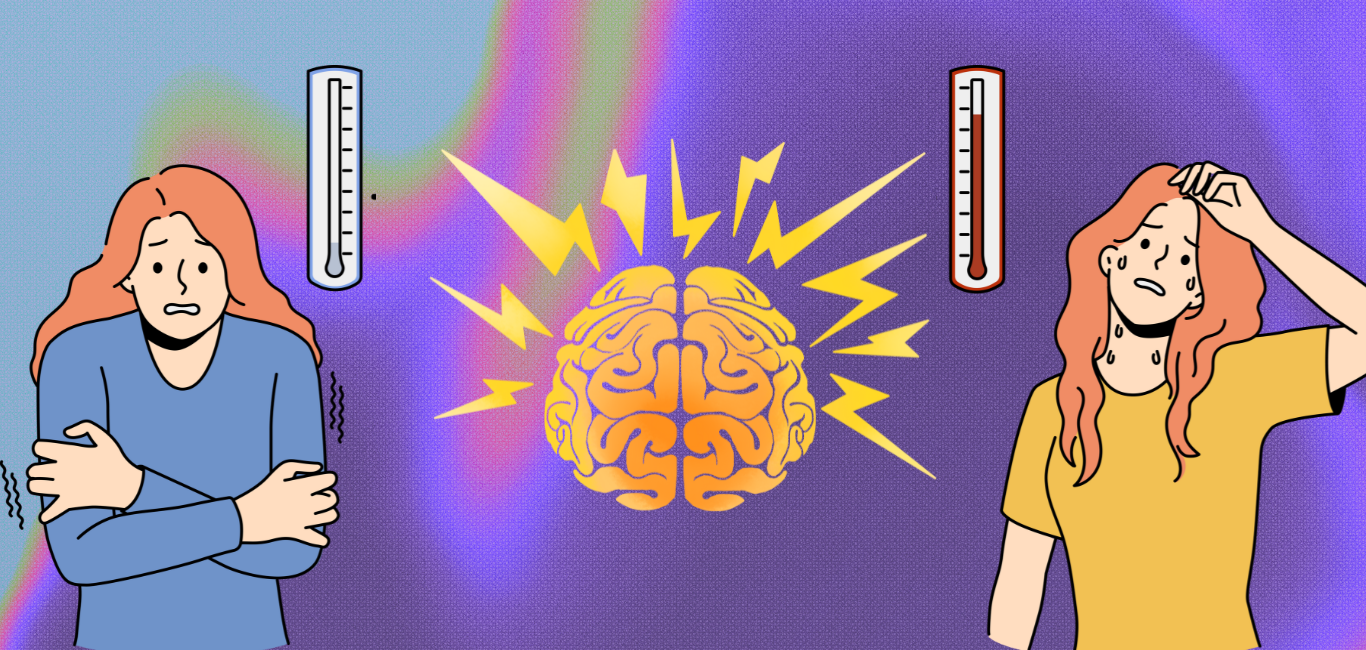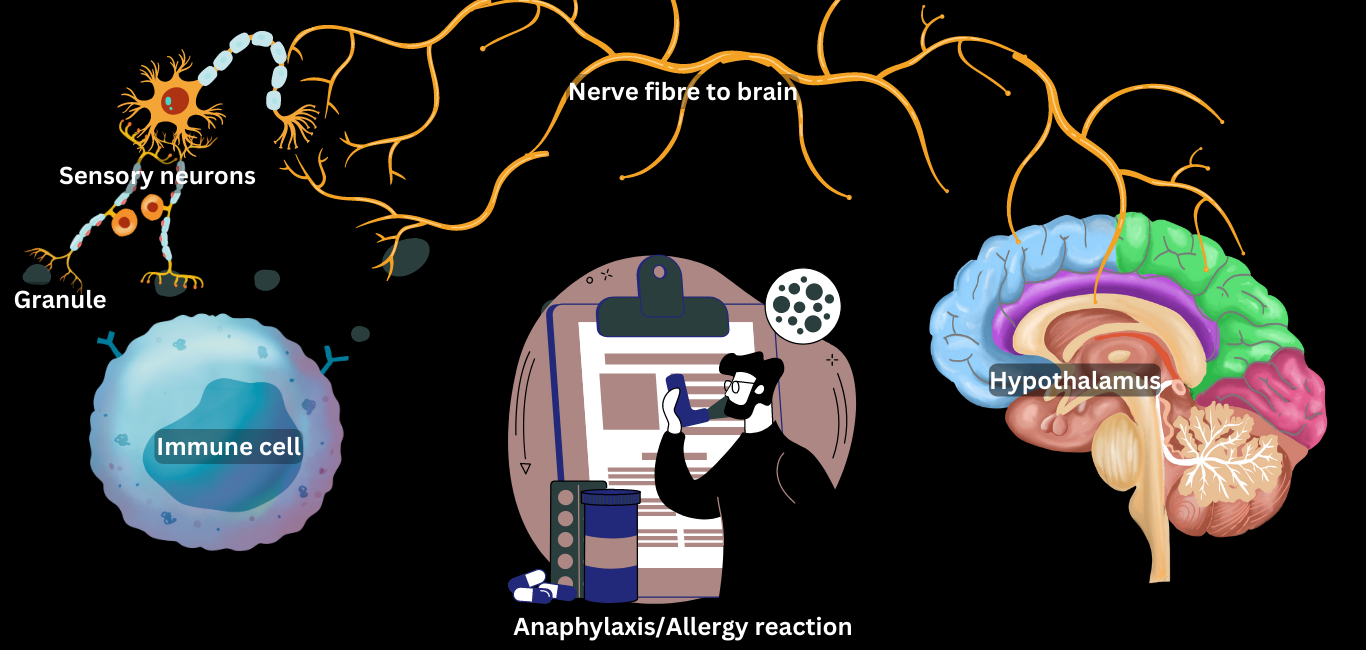
A study published in Science Advance has identified the key neurons that play an important role in maintaining the body temperature at 37 degrees Celsius (98.6 degrees Fahrenheit) in mammals.
This information can come in handy for researchers trying to find solutions for cases of hypothermia and heat stroke — conditions that develop when the body temperature falls dangerously low or high, respectively.
Additionally, this research could also help treat obesity by increasing the core body temperature to burn excess fat.
The regulates body temperature. Neurons of the preoptic area are particularly important as they induce sweat to cool down the body when its temperature increases or shivering to warm up the body when it is cold.
The research group from Nagoya University, Japan, have found that EP3 neurons in the preoptic area are the group of neurons that pull the strings to regulate the body temperature.
Hot or cold? EP 3 neurons are the remote control
Previously the same team found a connection between temperature receptors on the skin and the preoptic area. “In our follow-up research, we found that the EP3 neurons in the preoptic area switched on or off based on the temperature sensors on the skin,” Professor Kazuhiro Nakamura, co-author of the study, told Happiest Health.
These neurons in the preoptic area fine-tune the body’s response to temperature by activating or inhibiting signals along the nervous system, he adds.
On a hot day, the EP3 neurons activate the sympathetic nervous system and increase the blood flow that induces sweating, thereby decreasing the body heat. While on a cold day, the EP3 neurons inhibit the sympathetic nervous system — raising the body temperature and burning brown adipose tissue (commonly known as body fat) to prevent hypothermia.
In a series of experiments in rats, the team found that EP3 neurons inhibited the sympathetic nervous system via a neurochemical, GABA.
It’s possible role in obesity
They also found that the same neurons played a role in fighting infection. In this case, another chemical, prostaglandin E, released by the body suppressed the EP3 neurons’ activity so that the body temperature rose to fight the infection.
“If EP3 neurons can be slightly [manipulated], this approach could be used for the treatment of obesity without causing fever-level hyperthermia,” says Dr Nakamura.
He envisages developing drugs that selectively act on EP3 neurons to control body temperature based on the requirement.

















